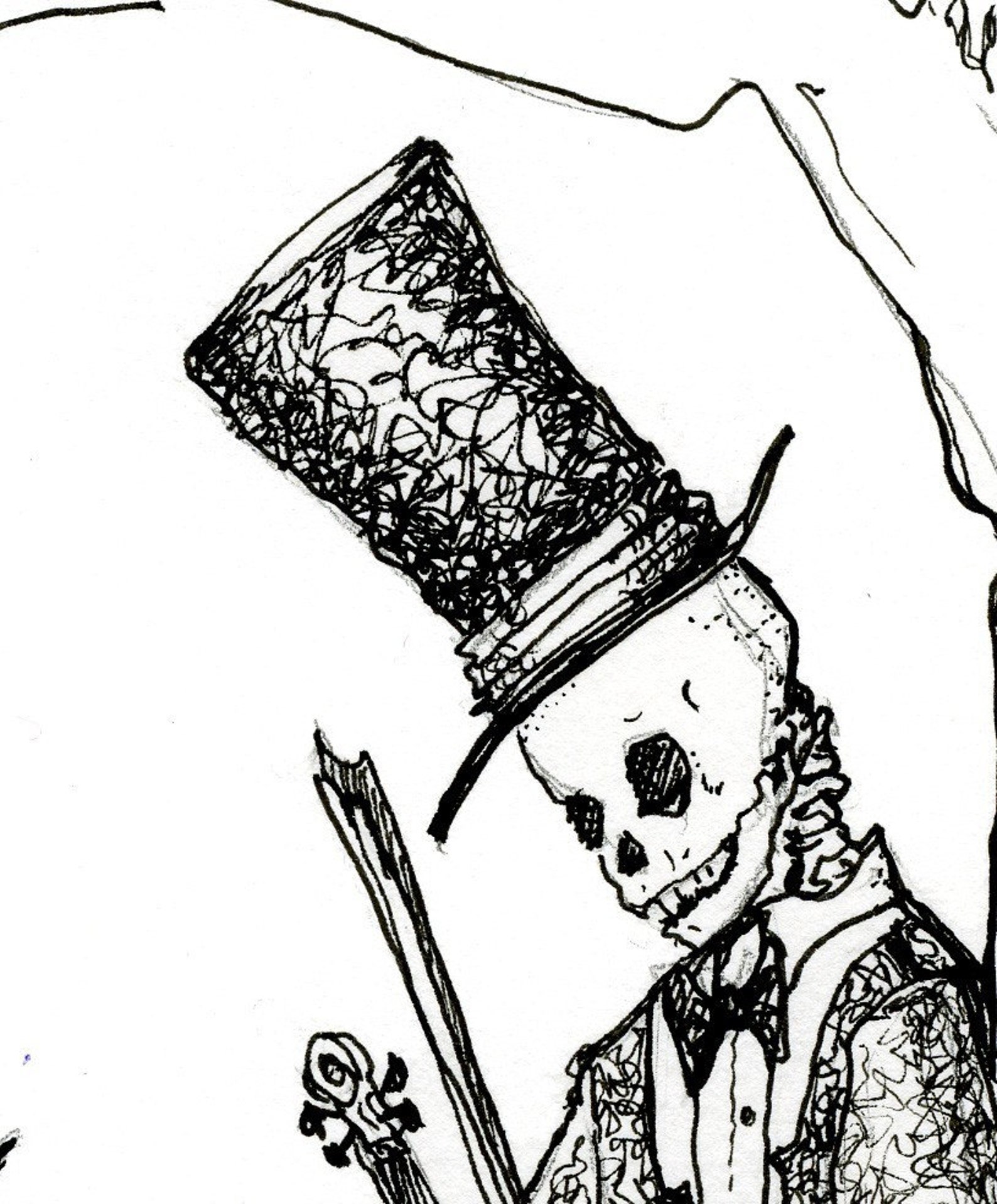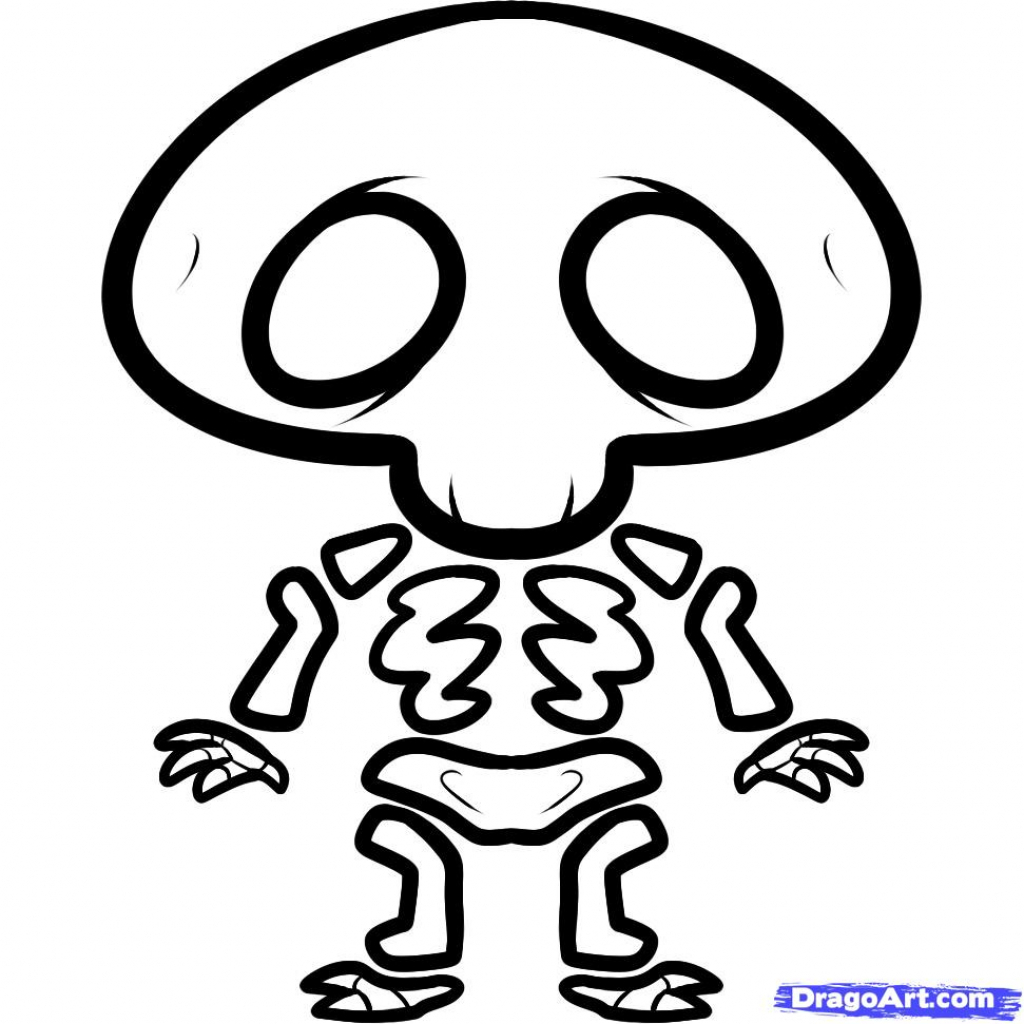

It is described as an inverted triangle, with the apex pointing inferiorly. The sacrum is a collection of five fused vertebrae. Examples include epidural anaesthesia administration and lumbar puncture. Their size and orientation permits needle access to the spinal canal and spinal cord (which would not be possible between thoracic vertebrae).

Their spinous processes are shorter than those of thoracic vertebrae and do not extend inferiorly below the level of the vertebral body.

However, like the cervical vertebrae, they have a triangular-shaped vertebral foramen. They lack the characteristic features of other vertebrae, with no transverse foramina, costal facets, or bifid spinous processes. Lumbar vertebrae have very large vertebral bodies, which are kidney shaped. They are structurally specialised to support the weight of the torso. There are five lumbar vertebrae in most humans, which are the largest in the vertebral column. The articular processes are located at the intersection of the laminae and pedicles.įig 6 – Lateral view of a thoracic vertebrae. Articular processes – form joints between one vertebra and its superior and inferior counterparts.Lamina – connect the transverse and spinous processes.Pedicles – connect the vertebral body to the transverse processes.In the thoracic vertebrae, the transverse processes articulate with the ribs. Transverse processes – each vertebra has two transverse processes, which extend laterally and posteriorly from the vertebral body.Spinous processes – each vertebra has a single spinous process, centred posteriorly at the point of the arch.The vertebral arches have several bony prominences, which act as attachment sites for muscles and ligaments: The foramina of all the vertebrae line up to form the vertebral canal, which encloses the spinal cord. In combination with the vertebral body, the vertebral arch forms an enclosed hole – the vertebral foramen. The vertebral arch forms the lateral and posterior aspect of each vertebrae. Here we add some shadows to the undead warrior. As we said in other lessons, first we need to determine where from comes the light. Then using hatching and crosshatching add shadows to these areas where the light doesn’t fall.ĭon’t forget to share this lesson and subscribe to our social networks, if you enjoyed. If you like fantasy world, visit the lessons about zombie warrior, ogre and dwarf warrior.Fig 2 – The general structure of a vertebrae. Note, that all clothing must look very old and worn.
#SKELETON SKETCH DRAWINGS HOW TO#
In this penultimate step of the lesson on how to draw a skeleton warrior we add finishing details. Draw out the fabric, add some holes. Then draw the ribs, wooden boards and rivets on the shield. Next add details to the bones, glove, boots and sword. Here do similar actions as in the previous step. Add some volume to the legs and sketch out the boots. Draw ragged clothing in the area of pelvis. Here is a very short step. Add some volume to the arm of our skeleton warrior. Sketch out the glove. Draw the sword clutched in the hand.
#SKELETON SKETCH DRAWINGS FULL#
Here we finish drawing the skull of our skeleton warrior. Draw the jaw and teeth. Don’t forget to draw out the shape of the skull, making it more realistic. By the way, we draw the warrior without a helmet or any other headdress, but you can draw a knight helmet for example.Ĭontinue drawing the skeleton warrior. Using a large circle draw the outlines of the shield. Add some details to the chest, such as a strap, ragged fabric and gardbrace, as in our example. But of course you can put the skeleton in full plate armor. Make them a little more angry than eye sockets of a normal skeleton. Next draw the nose and and lines of the bones on the forehead. Let’s start adding details. We always start adding details from top down, and this drawing lesson will not be exception. First draw the eye sockets.


 0 kommentar(er)
0 kommentar(er)
